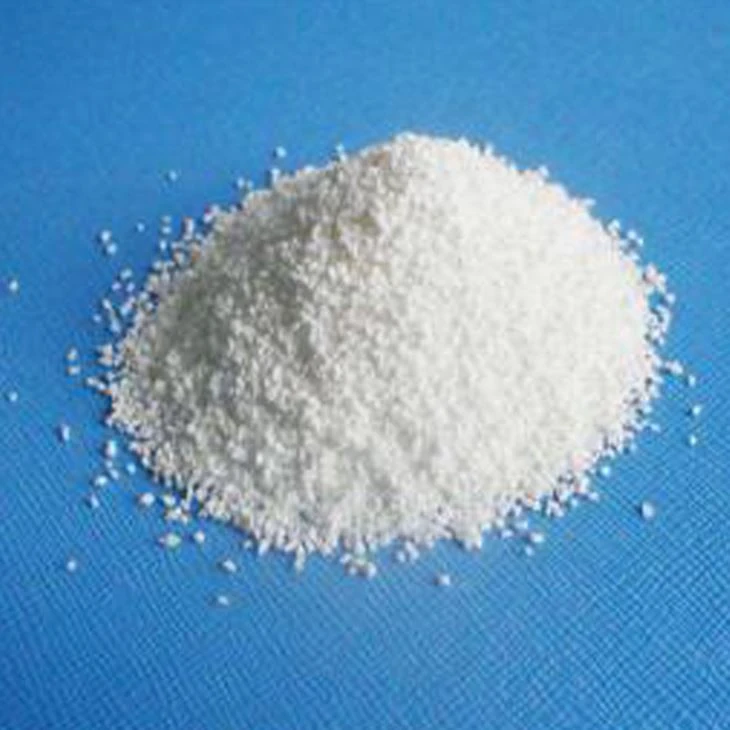



sodium meta bi sulphate msds
Understanding Sodium Metabisulfite A Comprehensive Overview
Sodium metabisulfite (Na2S2O5) is a white crystalline powder widely used in various industries due to its properties as a sulfite and an antioxidant. It has significant applications in food preservation, water treatment, and as a reducing agent in chemical processes. To ensure safety and proper handling of this substance, it is crucial to understand its Material Safety Data Sheet (MSDS), which provides detailed information about its properties, hazards, and safe handling procedures.
Chemical Properties
Sodium metabisulfite is composed of two sodium ions and one metabisulfite ion. It is soluble in water and forms sulfurous acid when dissolved, releasing sulfur dioxide gas. This compound has a characteristic smell resembling that of sulfur dioxide, particularly noticeable when exposed to moisture. It has a molecular weight of 190.19 g/mol, and its melting point is around 150 °C, where it decomposes rather than melting.
Health Hazards
The MSDS outlines several health hazards associated with sodium metabisulfite. Inhalation of the powder or fumes can lead to respiratory irritation, coughing, and shortness of breath. Skin contact may cause irritation or allergic reactions in sensitive individuals. Ingestion can result in gastrointestinal irritation, diarrhea, and nausea. The compound is classified as a skin and eye irritant; therefore, proper personal protective equipment (PPE), such as gloves and goggles, should be utilized when handling the material.
Environmental Impact
Sodium metabisulfite is also a concern for environmental safety. In its solid form, it poses minimal risk, but when dissolved in water, it can contribute to the acidity of water bodies, potentially harming aquatic life. Sulfur dioxide released during reactions can lead to air pollution and contribute to the formation of acid rain. It is essential to follow best practices for disposal as outlined in the MSDS to minimize environmental impact.
sodium meta bi sulphate msds

Safety Precautions
To ensure safe handling of sodium metabisulfite, the MSDS recommends adhering to several precautionary measures
1. Personal Protective Equipment (PPE) Always wear appropriate PPE, including gloves, goggles, and protective clothing, to prevent skin and eye contact. 2. Ventilation Use sodium metabisulfite in a well-ventilated area or a fume hood to reduce the risk of inhalation exposure. Proper ventilation helps to disperse any fumes that may be generated. 3. Storage Store the chemical in a cool, dry place, away from incompatible substances such as strong oxidizers and acids. Ensure that containers are tightly closed to prevent moisture absorption and degradation. 4. Spill Response In case of a spill, the MSDS provides guidance on cleanup procedures. It is advised to wear appropriate PPE, avoid raising dust, and sweep up the material for disposal.
Uses and Applications
The versatility of sodium metabisulfite is evident in its wide range of applications
- Food Industry It is commonly used as a preservative and antioxidant in food items, particularly dried fruits, where it helps to maintain color and freshness. - Water Treatment Sodium metabisulfite is used in water treatment plants to dechlorinate water and as a reducing agent to remove excess chlorine after disinfection. - Chemical Manufacturing Its properties as a reducing agent make it valuable in various chemical reactions, including the synthesis of other chemicals, dyes, and pharmaceuticals.
Conclusion
Sodium metabisulfite plays an essential role in multiple industries, but the importance of safety cannot be overstated. The information provided in the MSDS serves as a crucial resource for understanding the hazards, safe handling practices, and environmental considerations associated with this chemical. By following safety guidelines and acknowledging its potential risks, users can effectively utilize sodium metabisulfite while ensuring their health and safety, as well as that of the environment.
-
Why Sodium Persulfate Is Everywhere NowNewsJul.07,2025
-
Why Polyacrylamide Is in High DemandNewsJul.07,2025
-
Understanding Paint Chemicals and Their ApplicationsNewsJul.07,2025
-
Smart Use Of Mining ChemicalsNewsJul.07,2025
-
Practical Uses of Potassium MonopersulfateNewsJul.07,2025
-
Agrochemicals In Real FarmingNewsJul.07,2025
-
Sodium Chlorite Hot UsesNewsJul.01,2025










